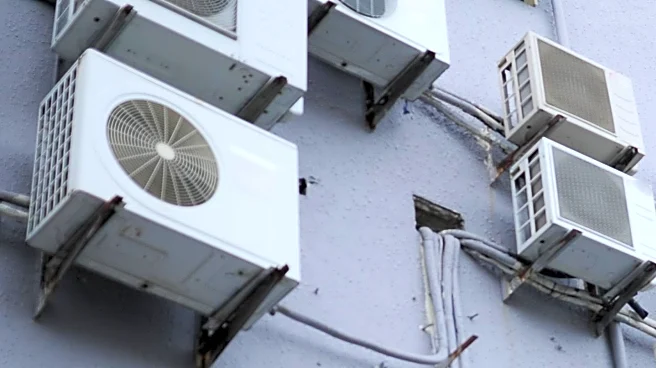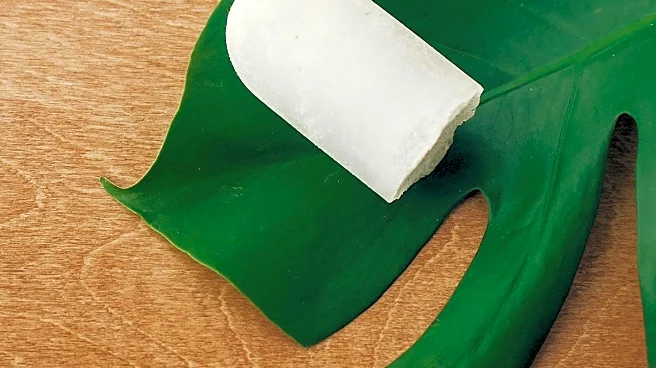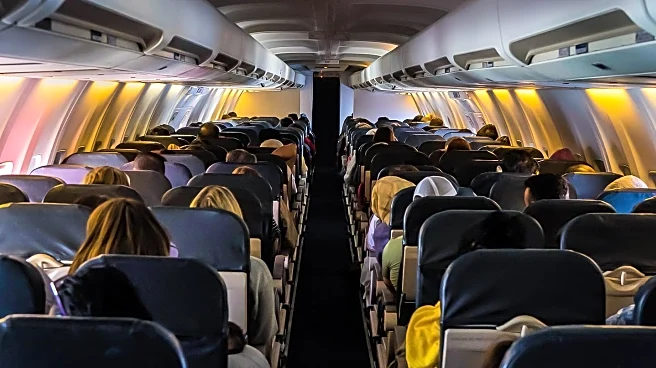What's Happening?
Concerns have been raised about the potential health risks associated with household heating devices, particularly reverse cycle air conditioners and gas heaters. Reverse cycle air conditioners, especially older models, have been questioned for their ability to spread bacteria like legionella, which causes Legionnaires' disease. However, these systems do not store water, making them unlikely breeding grounds for the bacteria. The primary risk from air conditioners is dust, mold, and allergens in dirty filters, which can exacerbate asthma or hay fever. On the other hand, gas heaters pose a different threat. Unflued or poorly maintained gas heaters can emit carbon monoxide, a colorless and odorless gas that can be deadly at high levels. Even at lower levels, prolonged exposure can be harmful. Gas appliances also produce nitrogen dioxide, linked to asthma and lung irritation. Proper maintenance and ventilation can mitigate these risks.
Why It's Important?
Understanding the health risks associated with household heating devices is crucial for public safety. While reverse cycle air conditioners are generally safe when properly maintained, gas heaters require more attention due to their potential to emit harmful gases. This information is vital for homeowners to make informed decisions about their heating systems, ensuring they are both efficient and safe. Regular maintenance and the installation of carbon monoxide alarms can prevent health hazards, protecting families from potential harm. The broader significance lies in promoting awareness and encouraging proactive measures to maintain indoor air quality.
What's Next?
Homeowners are advised to continue using reverse cycle air conditioners with regular maintenance to prevent allergen buildup. For gas heaters, it is recommended to retire unflued or very old models and ensure proper ventilation when in use. Installing carbon monoxide alarms is a prudent step to detect any harmful emissions. These actions will help mitigate health risks and improve indoor air quality, especially as seasonal changes increase the use of heating devices.










